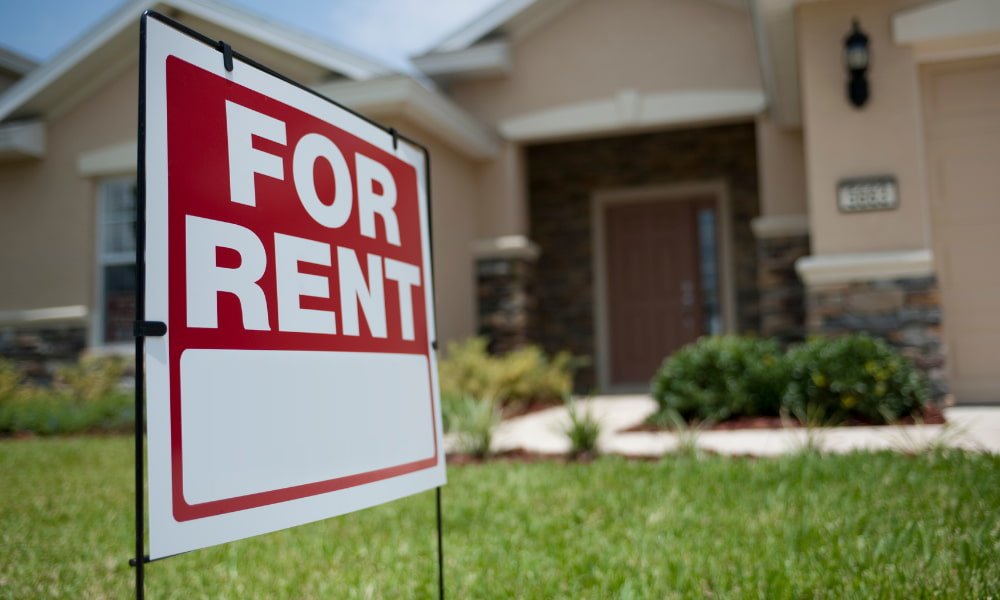Purchasing an investment property is a major decision because it could set you up for retirement. This property could also become an additional preretirement income source that helps you reach your financial goals.
Selecting the right renters is essential to the residential real estate investment process. Failing to secure renters who pay on time and keep your property in good shape will bring additional expenses that could quickly turn your situation into a nightmare.
It’s important to be aware of issues with professional tenants, also called professional renters, because they have ways of making your life miserable. This guide will explain what professional tenants are and provide tips on spotting them before you sign a rental agreement and let anyone move into your rental property.
What Is a Professional Tenant?
Professional tenants are individuals who use legal loopholes to their advantage to game the system. These people are notorious for figuring out ways to withhold rent and typically stall the eviction process as long as possible before seeking a new victim.
A professional renter often looks for tiny issues soon after moving into a property to justify not paying their rent and then forces the landlord to jump through all kinds of legal hoops before finally securing an eviction. These situations are stressful for a landlord, so learning about these tactics is advisable for any property owner.
Common Professional Tenant Tricks
Learning some professional tenant tricks can help you determine if you have a problem renter on your hands. These occurrences don’t necessarily mean you have a professional renter in your home, but you should monitor the situation closely if you notice them. Common tricks they’ll use include:
Paying in Cash
Professional renters like paying in cash because it’s impossible to track. Using cash allows them to claim they’ve submitted a payment when they haven’t, and it doesn’t give the landlord any proof of nonpayment if the situation ends up in court. Some tenants even create fake receipts after claiming they’ve sent a cash payment.
Giving Partial Rent
A common trick professional tenants use to scam landlords is submitting only part of their monthly rent. The landlord is then responsible for providing a receipt showing the amount due after accepting partial payment. The tenant can sometimes get away with halting an eviction in Washington, D.C., for example, under these circumstances if this receipt isn’t provided.
Leveraging Late Fees
Many lease agreements have a grace period giving the tenant five days after the first of the month to pay rent. Professional tenants sometimes take more than five days and ignore the late fee, knowing landlords are unlikely to chase down this money. The landlord can’t evict them for neglecting the late fee as long as the tenant eventually pays their rent.
Claiming the Unit Is Uninhabitable
Some professional tenants make frequent maintenance requests or claim the home is uninhabitable as a reason to withhold rent. These individuals might even damage the property to ensure maintenance is always necessary.
Knowing how much financial duress professional tenants could create for you is reason enough to put some effort into avoiding them. Taking time to carefully select adequate renters is perhaps the best way to care for your rental property.
Five Ways to Spot Professional Renters
Understanding the damage these problem renters can do is only part of the equation. You must also learn how to identify professional tenants before signing any agreements. Some warning signs to watch for include the following:
1. A History of Evictions
Any renter with an extensive history of evictions, delinquency, or litigation with previous landlords should be avoided. These are all red flags that a renter is likely to cause you problems in the future.
2. Poor Financial Records
Some people get into financial trouble because of unforeseen circumstances. Problem renters tend to have poor financial records, though, because they’re constantly being sent to collections and could have past bankruptcies or bad credit. Doing a credit check before accepting a rental application is a good idea because it can uncover this information.
3. A Gap in Rental History
A renter with an unexplained gap in rental history could have a past they’re trying to cover up. This scenario could mean the tenant left their last place under less-than-ideal circumstances and doesn’t want to include the experience on their rental application. It’s worth asking why there’s no rental history available before deciding on a tenant.
4. No References
Any tenant who can’t provide references could be a professional renter. The same goes for situations where the references don’t check out when you call them or don’t seem to know much about the renter. A lack of references or fake references could mean the tenant is trying to hide a past experience from you.
5. Extensive Legal Knowledge
Renters who boast about their extensive knowledge of tenant-landlord law might have pursued legal action against a landlord in the past. There’s nothing wrong with tenants protecting themselves, but those fully aware of all the loopholes at their disposal are more likely to use them and could make your life difficult.
Many of these warning signs are common sense, as renters who don’t provide the information you require on their application could be hiding something. There are plenty of quality renters out there, so don’t settle on the first applicant that comes along if you’re not sure they’re a good, reliable fit. Your rental property is a vital part of your long-term financial plan, and you should do what you can to protect it.
Get the Property Management Help You Need
Rental properties can take significant work, especially when you factor in the process of seeking and vetting renters and maintaining your relationship with them. You might not have time to handle all these jobs alone, but a property management firm can help.
Nomadic Real Estate provides property management services in the Greater Washington, D.C., area. Our team knows how to identify common professional tenant tricks and will use our experience to help ensure your renters don’t cause you any problems. Contact Nomadic Real Estate for more information on your property management needs.



































